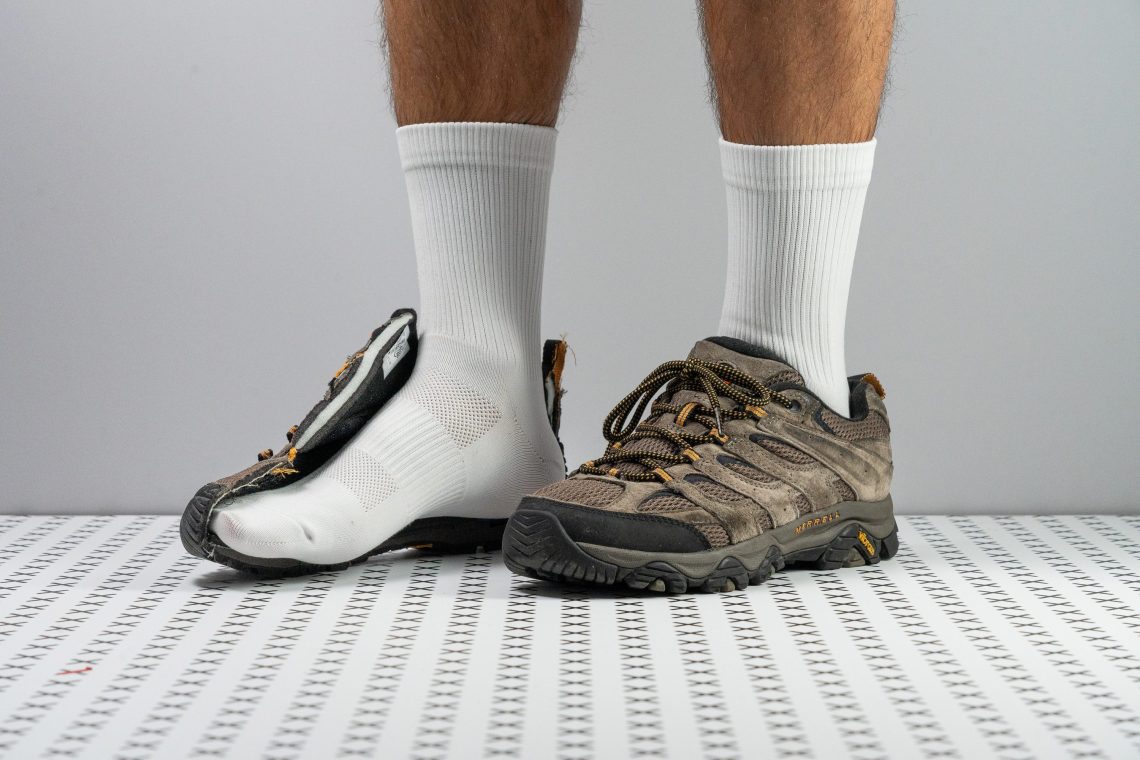The Quest for Affordable Hiking Footwear
Finding the right hiking shoes can be a daunting task, especially when you’re on a budget. The good news is, it’s entirely possible to find quality, durable, and comfortable hiking shoes without breaking the bank. This article will guide you through the best places to look and what to consider when making your purchase. We’ll explore online retailers, outlet stores, and even tips for buying used gear. Let’s get started!
Online Retailers: A Treasure Trove of Deals
The internet is your friend! Many online retailers offer competitive prices and frequent sales on hiking shoes. Consider these options:
- Amazon: A vast selection with user reviews to help you make informed decisions.
- REI Outlet: Discounted gear from a reputable outdoor retailer.
- Backcountry.com: Often has sales and clearance sections with significant savings.
- Sierra Trading Post: Known for its deep discounts on outdoor apparel and footwear.
Always read reviews and compare prices before making a purchase. Don’t be afraid to wait for a sale!
Outlet Stores: Brand Names at Lower Prices
Outlet stores are a fantastic option for finding discounted hiking shoes from well-known brands. Look for outlets from companies like:
- Columbia: Offers a wide range of hiking shoes at outlet prices.
- Merrell: Known for their comfortable and durable hiking footwear.
- Salomon: A popular choice for trail running and hiking shoes.
Outlet stores often carry slightly older models or shoes with minor cosmetic imperfections, which allows them to offer significant discounts. It’s worth the trip!
Used Gear: A Sustainable and Budget-Friendly Option
Consider buying used hiking shoes. This is a great way to save money and reduce your environmental impact. Check out these resources:
- REI Used Gear: A curated selection of used outdoor gear, including hiking shoes.
- eBay: A vast marketplace with a wide variety of used hiking shoes.
- Facebook Marketplace: A local option for finding used gear in your area.
When buying used shoes, be sure to inspect them carefully for signs of wear and tear. Check the soles, uppers, and insoles for damage. Ensure they fit comfortably before committing to the purchase.
What to Look for in Cheap Hiking Shoes
Even when buying cheap hiking shoes, you shouldn’t compromise on essential features. Consider these factors:
Traction
The outsole should have a good grip to prevent slipping on uneven terrain.
Support
Look for shoes with adequate ankle support, especially if you plan on hiking on challenging trails.
Water Resistance
Waterproof or water-resistant shoes will keep your feet dry in wet conditions.
Comfort
Comfort is key! Make sure the shoes fit well and provide adequate cushioning.
Frequently Asked Questions (FAQ)
Maintaining Your Affordable Hiking Shoes
Proper maintenance is paramount to extending the lifespan of your hiking shoes, regardless of their initial cost. Regular cleaning and care will not only preserve their functionality but also enhance your overall hiking experience. Consider the following maintenance practices:
- Cleaning: After each hike, remove any dirt, mud, or debris from your shoes using a brush and mild soap. Avoid harsh chemicals or abrasive cleaners, as these can damage the materials.
- Drying: Allow your shoes to air dry completely after cleaning or exposure to moisture. Stuffing them with newspaper can help absorb excess water and maintain their shape. Avoid direct heat sources, such as radiators or dryers, as these can cause the materials to crack or warp.
- Waterproofing: Periodically apply a waterproofing treatment to maintain the water resistance of your shoes. Follow the manufacturer’s instructions carefully.
- Storage: Store your hiking shoes in a cool, dry place away from direct sunlight. This will help prevent the materials from deteriorating.
Assessing Shoe Condition and Determining Replacement
Even with meticulous maintenance, hiking shoes will eventually succumb to wear and tear. Knowing when to replace your shoes is crucial for safety and comfort. Evaluate the following indicators:
- Sole Wear: Examine the outsole for signs of excessive wear. If the tread is significantly worn down, the shoes may no longer provide adequate traction.
- Midsole Compression: The midsole provides cushioning and support. If it feels compressed or flattened, the shoes may no longer offer sufficient shock absorption.
- Upper Damage: Inspect the upper for tears, cracks, or delamination. Damage to the upper can compromise the shoe’s structural integrity and water resistance.
- Reduced Support: If your feet feel less supported or you experience increased discomfort during hikes, it may be time to replace your shoes.
Ignoring these warning signs can lead to injuries and a less enjoyable hiking experience. Prioritize safety and replace your shoes when necessary.
The Importance of Proper Fit and Sock Selection
The fit of your hiking shoes is paramount to comfort and performance. Ill-fitting shoes can lead to blisters, foot pain, and other issues. Consider the following guidelines:
- Try Before You Buy: Whenever possible, try on hiking shoes in person before making a purchase. This allows you to assess the fit and feel;
- Wear Hiking Socks: When trying on shoes, wear the same type of socks you plan to hike in. This will ensure an accurate fit.
- Consider Foot Shape: Different shoe brands and models cater to different foot shapes. Choose shoes that accommodate your foot’s width, arch height, and toe box.
- Break-In Period: Allow a break-in period for new hiking shoes. Wear them around the house or on short walks before embarking on longer hikes.
Furthermore, proper sock selection is crucial. Opt for moisture-wicking socks made from materials like merino wool or synthetic blends. Avoid cotton socks, as they tend to retain moisture and can lead to blisters.
Remember: A well-fitted pair of hiking shoes, combined with appropriate socks, can significantly enhance your comfort and performance on the trail.






